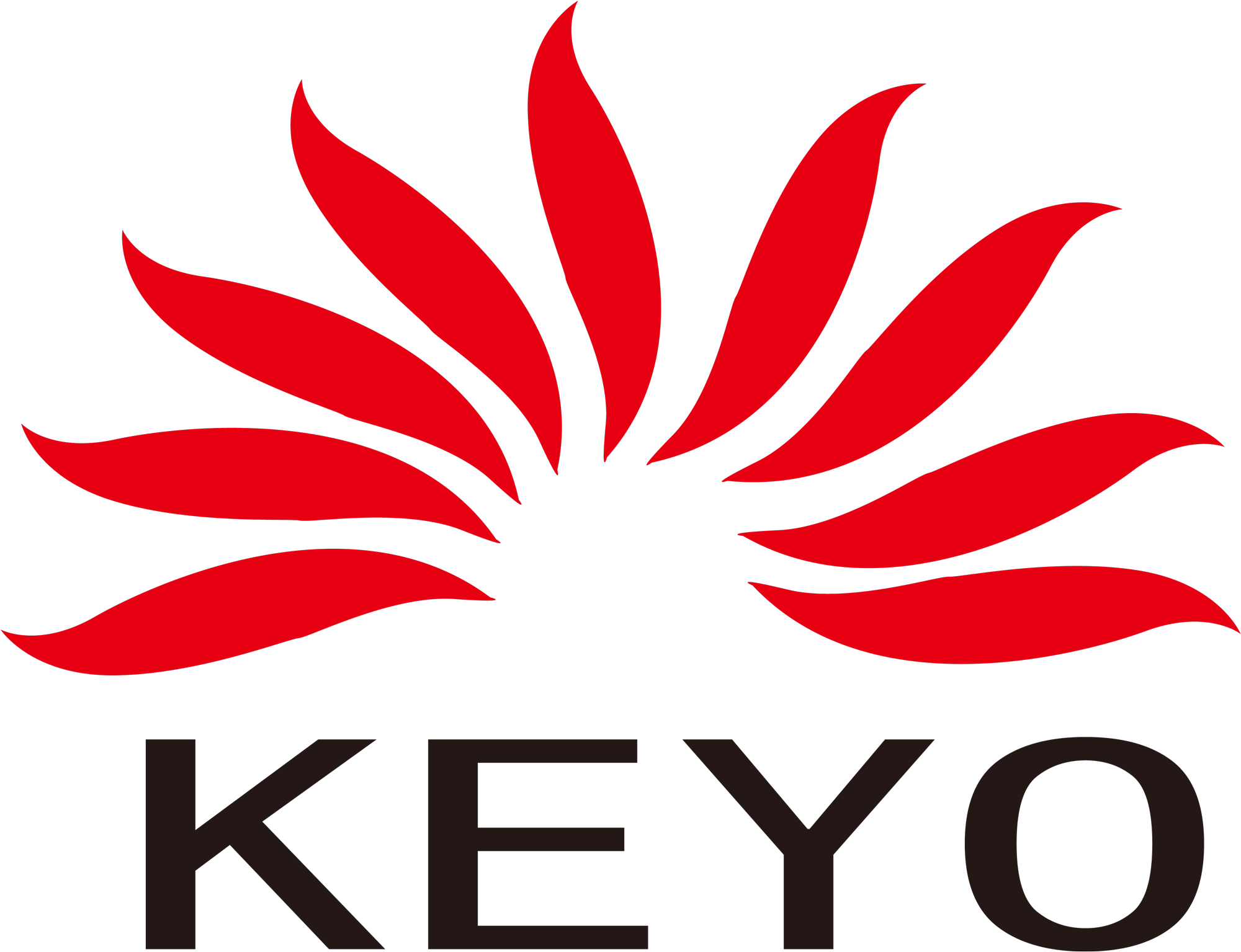Barbecue Grill Steel Raw Material Market Dynamics
1. Dual Pressures: Policy Mandates and Cost Volatility
1.1 Regulatory Revolution in Recycled Steel
In July 2025, China’s MIIT mandated raising scrap steel utilization in raw materials to 22% by 2027 (scrap copper 30%, scrap aluminum 25%)3. This policy directly impacts grill manufacturers:
Propane gas grill shells using >30% recycled 304 stainless steel reduce costs by 8%/ton and carbon footprint by 40%;
Charcoal grill producers relying on thick cast iron (3-5mm) face higher transition costs due to blast furnace dependency6.
1.2 Raw Material Price Swings
H1 2025 witnessed extreme volatility:
Nickel: Prices peaked at 1,035 yuan/Ni in April before crashing to 900 yuan/Ni in July, causing 15% cost fluctuations for electric barbeque grill heating plates1;
Chromium: High-carbon ferrochrome surged to 8,500 yuan/ton in April, squeezing margins for propane gas grill burners before settling at 7,800 yuan/ton (-8% MoM)4;
Molybdenum: Ferromolybdenum jumped 12,000 yuan/ton to 252,000 yuan/ton, increasing costs for high-temperature components in premium charcoal grill2.
2. Product-Specific Material Requirements
2.1 Technical Specifications
Propane Gas Grill: Dominates 65% of China’s market. Uses 304 stainless steel (0.6-1.0mm) with corrosion-resistant coatings (e.g., 1000°C-rated silicone paint)7;
Charcoal Grill: Smokeless models demand cast iron/refractory steel (3-5mm) for >1000°C resistance. Raw materials constitute 40% of production costs6;
Electric Barbeque Grill: Fastest-growing segment (12% YoY). Relies on cold-rolled steel (0.5-0.8mm) for thermal conductivity. Green-certified versions command 5% export premiums38.
2.2 Market-Driven Innovations
Residential demand favors lightweight propane gas grill with high recycled content;
Commercial sector (camping/catering) drives 18% growth in portable charcoal grill, boosting high-strength steel usage by 30%6;
EU CBAM regulations force electric barbeque grill exporters to adopt carbon-accounting systems3.
3. Technology Breakthroughs: Coatings & Circular Economy
3.1 Surface Engineering Advances
Pre-combustion treatment of silicone coatings eliminates odors in propane gas grill, critical for US CARB compliance7;
Sintered corundum coatings in charcoal grill combustion chambers withstand 1200°C at 7% lower cost4.
3.2 Recycled Steel Adoption
Short-process steelmaking cuts costs by 18%/ton with 0.5t CO₂ emissions (vs 2t for blast furnaces)3;
Manufacturers replace 30% of electric barbeque grill heating plates with recycled cold-rolled steel, slashing carbon footprint by 40%6.
4. Future Challenges and Strategic Responses
4.1 Compliance and Trade Barriers
Full-process ultra-low emission retrofits mandated by 2026 may restrict non-compliant capacity3;
US steel tariffs (50%) disrupt propane gas grill supply chains via Vietnam/Mexico, raising export costs35.
4.2 Cost Optimization Pathways
Product TypeCore StrategyCost-Saving Potential
Propane gas grillCeramic-coated panels-30% material cost
Charcoal grillHydrogen-fired refractory parts-50% CO₂ emissions
Electric barbeque grillIntegrated recycled steel stamping-40% carbon footprint
Conclusion: Policy-driven scrap steel adoption and technological innovation are reshaping barbecue grill manufacturing. While propane gas grill faces export tariff risks, charcoal grill must overcome cost volatility, and electric barbeque grill leads in green certification—each segment’s competitiveness hinges on agile adaptation to raw material dynamics.
